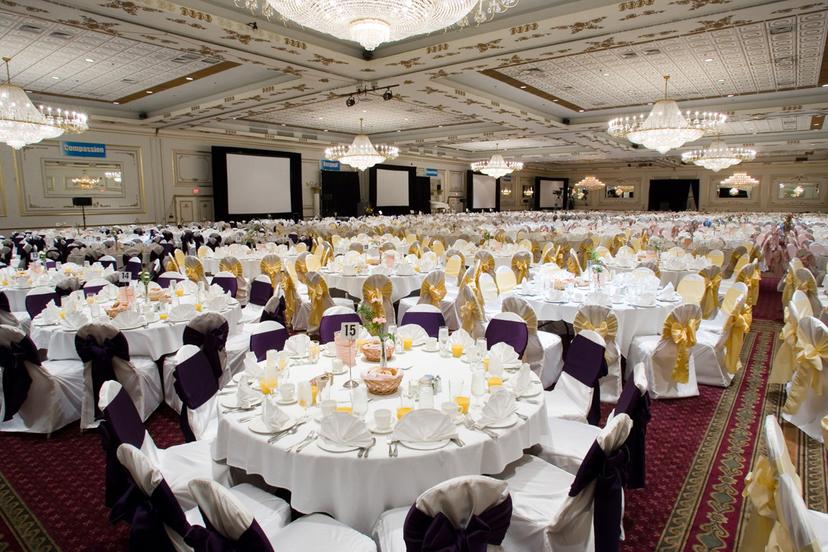Event Planning

Overview
We humans are social animals and communicate best when we meet face-to-face. To be sure, the telephone and more high-tech methods of electronic communication now allow us to carry on conversations without leaving our homes or offices. Nevertheless, people value opportunities to meet in person to exchange ideas. We also enjoy coming together for celebrations, commemorations, rallies, sporting events, and other group activities. But bringing people together for events can be a complex undertaking, especially when large numbers of people are involved or when participants have high expectations of the amenities they will enjoy. As a result, an industry has developed to facilitate such events.
A 2018 study conducted by the Events Industry Council revealed that more than 1.5 billion people participated in business events worldwide in 2017. Collectively, these events produced direct spending of more than $1.07 trillion, led by the United States ($325 billion). Events contributed $526 billion to North America's gross domestic product, more than any other region. The events industry also is a major employer, directly supporting about 10.3 million jobs across the globe.
Note that this study excluded weddings, holiday parties, concerts and shows, athletic events, political rallies, and consumer shows, all of which are events that attract large numbers of people each year and that involve considerable planning expenses. More than 2.2 million Americans are married, according to the National Center for Health Statistics.
One industry study of weddings in 2018 found couples spending an average of $33,931 on weddings, exclusive of the honeymoon. One in three couples used a professional wedding planner, and those who did spent an average of $2,002 for the planner's services, up from $1,973 in 2014.
The professionals who plan these various kinds of events are known as meeting, convention, and event planners. Roughly 100,000 people work in this occupatio...
